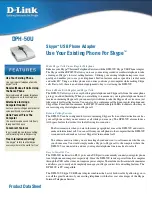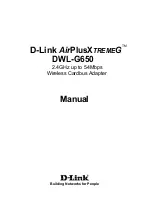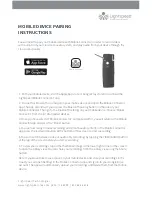
96
Managing user accounts
Adding a RADIUS server to the switch configuration
1.
Connect to the switch and log in using an account assigned to the admin role.
2.
Enter the following command:
switch:admin> aaaConfig --add server [-p port] [-s secret] [-t timeout]
[-a pap | chap | peap-mschapv2]
Adding an LDAP server to the switch configuration
1.
Connect to the switch and log in using an account assigned to the admin role.
2.
Enter the command:
switch:admin> aaaConfig --add server [-p port] [-t timeout] [-d
domain_name]
At least one RADIUS or LDAP server must be configured before you can enable the RADIUS or LDAP
service.
If no RADIUS or LDAP configuration exists, turning on the RADIUS authentication mode triggers an error
message. When the command succeeds, the event log indicates that the configuration is enabled or
disabled.
IMPORTANT:
When the RADIUS authentication mode is set to
radius;local
, you cannot downgrade
the Fabric OS to any version earlier than 5.2.0. Previous versions do not support the
radius;local
mode.
When the LDAP authentication mode is set to
ldap;local
, you cannot downgrade the Fabric OS to any
version earlier than 6.0.0. Previous versions do not support the
ldap;local
mode.
Enabling and disabling a RADIUS or LDAP server
1.
Connect to the switch and log in using an account assigned to the admin role.
2.
Enter the following command to enable RADIUS or LDAP using the local database:
switch:admin> aaaconfig --authspec "<radius | ldap>;local"
server
Enter either a server name or IPv4 or IPv6 address. Avoid duplicating
server listings (that is, listing the same server once by name and again
by IP address). Up to five servers can be added to the configuration.
-p
port
Optional: Enter a server port. The default is port 1812.
-s
secret
Optional: Enter a shared secret. The default is “sharedsecret”. Secrets
can be from 8 to 40 alphanumeric characters long. Make sure that the
secret matches that configured on the server.
-t
timeout
Optional: Enter the length of time (in seconds) that the server has to
respond before the next server is contacted. The default is three seconds.
Time-out values can range from 1 to 30 seconds.
-a
[pap|chap|peap-mscha
pv2]
Specify PAP, CHAP or PEAP as authentication protocol. Use
peap-mschapv2
to provide encrypted authentication channel between
the switch and server.
server
Enter either a server name or IPv4 address. Microsoft Active Directory
does not support IPv6 addresses. Avoid duplicating server listings (that
is, listing the same server once by name and again by IP address). Up to
five servers can be added to the configuration.
-p port
Optional: Enter a server port. The default is port 389.
-t timeout
Optional: Enter the length of time (in seconds) that the server has to
respond before the next server is contacted. The default is three seconds.
Time-out values can range from 1 to 30 seconds.
-d domain_name
Enter the name of the Windows domain.
Summary of Contents for A7533A - Brocade 4Gb SAN Switch Base
Page 1: ...HP StorageWorks Fabric OS 6 2 administrator guide Part number 5697 0016 Edition May 2009 ...
Page 24: ...24 ...
Page 99: ...Fabric OS 6 2 administrator guide 99 ...
Page 100: ...100 Managing user accounts ...
Page 118: ...116 Configuring standard security features ...
Page 164: ...162 Configuring advanced security features ...
Page 234: ...232 Installing and maintaining firmware ...
Page 268: ...266 Administering advanced zoning ...
Page 284: ...282 Configuring Enterprise class platforms ...
Page 292: ...290 Routing traffic ...
Page 294: ...292 Interoperability for merged SANs ...
Page 302: ...300 Configuring the Distributed Management Server ...
Page 334: ...332 iSCSI gateway service ...
Page 340: ...338 Administering NPIV ...
Page 407: ...Fabric OS 6 2 administrator guide 405 ...
Page 408: ...406 Using the FC FC routing service ...
Page 438: ...434 Administering extended fabrics ...
Page 460: ...456 Administering ISL trunking ...
Page 516: ...512 FICON fabrics ...
Page 526: ...522 Configuring and monitoring FICON Extension Services ...
Page 540: ...536 Configuring the PID format ...
Page 544: ...540 Understanding legacy password behavior ...
Page 546: ...542 Mixed fabric configurations for non merge SANs ...
Page 550: ...546 Migrating from an MP Router to a 400 MP Router ...
Page 558: ...554 Inband Management ...
Page 572: ...568 ...
















































